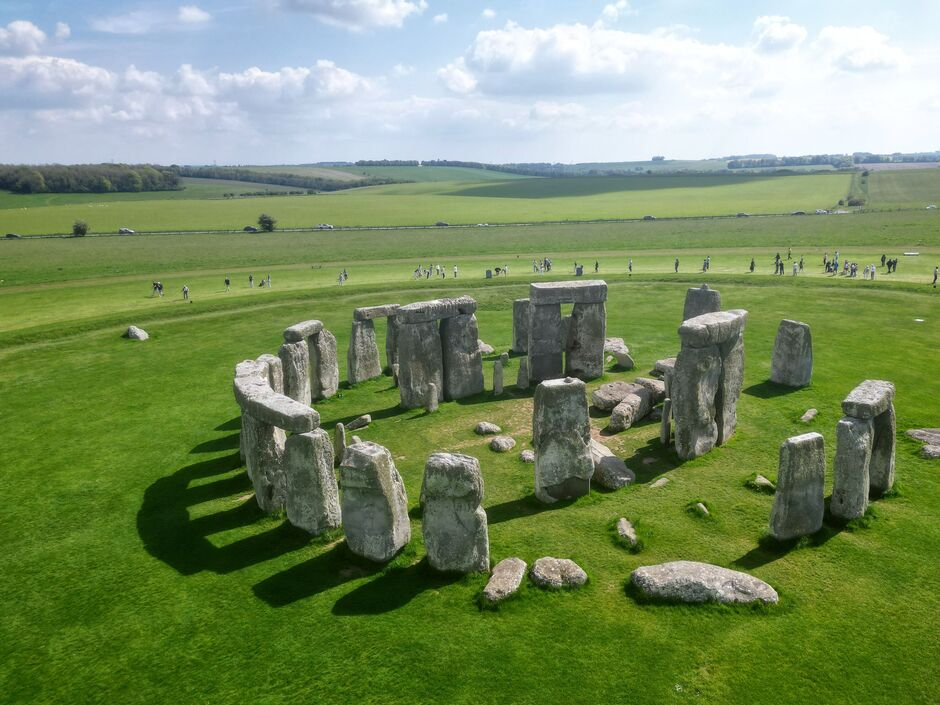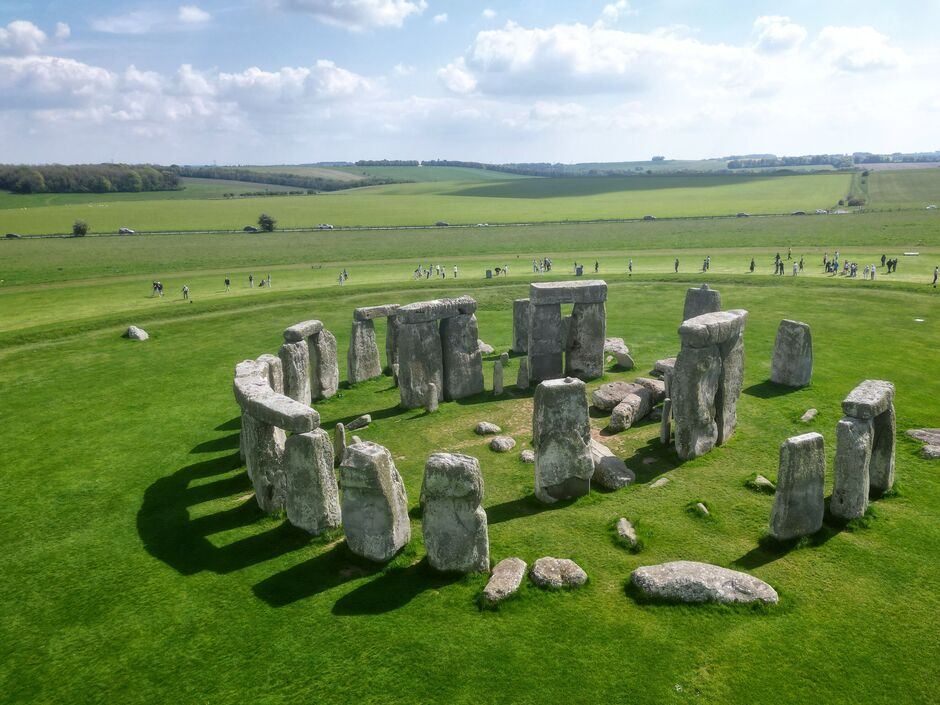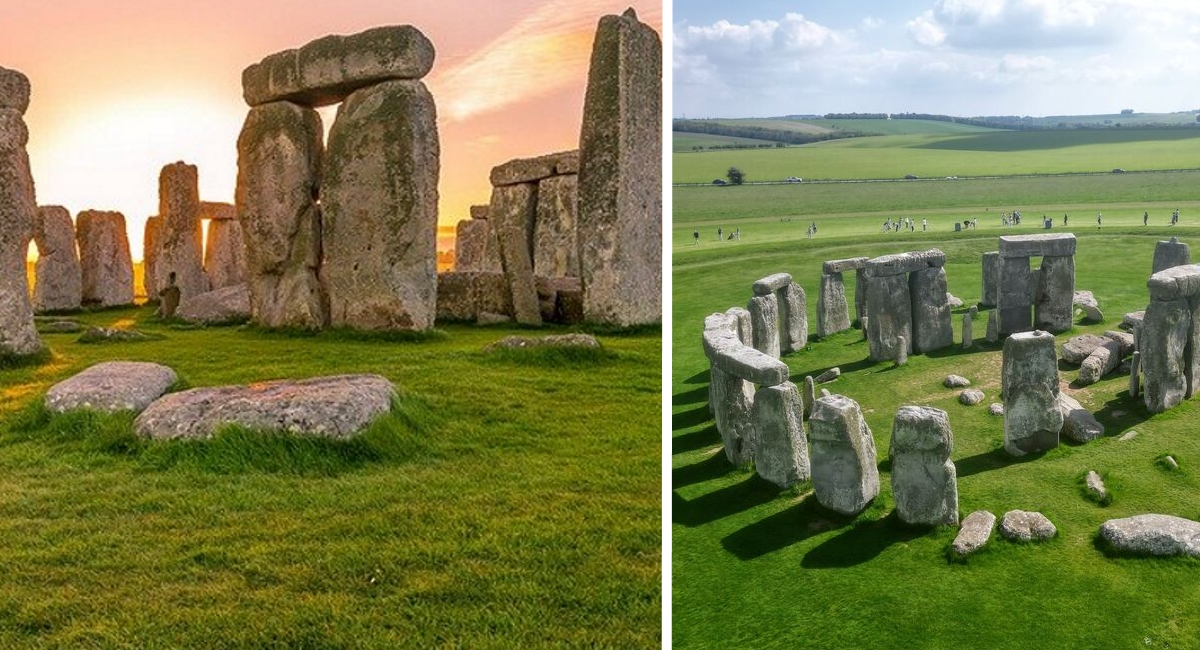New scientific investigations have upended long‑standing myths about Stonehenge’s origin. Experts now confirm the famed **Altar Stone** was transported over **700 km from northeast Scotland**—not Wales—while recent studies firmly debunk the glacier‑transport theory, demonstrating instead that **Neolithic people engineered its haul using only primitive tools, sledges, and manpower** The Guardian reports and as shown in Curtin University’s mineral analysis in *Nature* PBS NewsHour details.
The recent study tracing Stonehenge’s iconic **Newall Boulder** reveals an exact chemical match with rhyolite at Craig Rhos‑y‑Felin in Wales—and a matching geochemical signature across multiple Stonehenge fragments—solidifying the human‑transport model and dismissing geological drift hypotheses New York Post explains the Newall study and corroborated by **Heritage Daily** coverage Times of India’s engineering insight.

“No trace of glacial error—these stones were moved by people.”
Coupled with new geochemical fingerprinting, the Altar Stone itself derives from Scotland’s **Orcadian Basin**, likely the Orkney region or Inverness area. This reshapes our understanding of Neolithic logistics, suggesting collaboration across ancient Britain on a scale previously unimaginable UNILAD explains the Altar Stone revelation and **The Guardian** called it a “jaw‑dropping” recalibration of beliefs Guardian analysis.
According to UCL and Aberystwyth University researchers, this pan‑British sourcing of materials may imply Stonehenge had a **political or symbolic purpose**—uniting diverse Neolithic communities at a time of change, possibly in response to migrating populations from continental Europe UCL’s study details and **The Independent** echoed this as a ceremony of cohesion Independent overview.
Radiocarbon data and excavation records show initial construction began around **3100 BC**, with later phases—including the erection of sarsen and bluestone rings—continuing until **1600 BC**. The earliest earthwork circle dates from about 3000 BC and may have included timber posts before stones were added Wikipedia timeline, and even the **Aubrey Holes** may have held bluestones in an earlier configuration as explained by English Heritage studies.
Trials with sleighs, log rollers, timber A‑frames, and sled tracks demonstrate that Neolithic labor could move monuments weighing several tons, even without wheels or metal. Experimental archaeology replicates show how a coordinated community could transport the bluestones and sarsens up to **200 km across uneven terrain** transport techniques overview and supported by *Times of India* findings infrastructure analysis.
This collective effort is mirrored culturally: isotopic evidence suggests that many individuals buried at Stonehenge weren’t local—highlighting its role as a **pan-regional site where people converged for ceremony, feasting, and possibly spiritual unity** Stonehenge Riverside Project findings.
Archaeologists also note that Stonehenge’s alignment to solar solstices—and possible connections to lunar cycles via station stone alignments—may reflect astronomical planning that extended beyond simple calendrical function to deeper ceremonial meaning Guardian on lunar alignment theory.

All of this reinterprets Stonehenge as more than a monument—it’s a **symbol of coordination**, endurance, and shared purpose. From Poland to Orkney to Salisbury Plain, thousands likely participated in its creation. What remains unknown is exactly how many stones migrated, how long it took, and what the ceremonies meant to those early Britons.
In essence, the latest findings confirm that Stonehenge wasn’t placed by nature—but by people. Human ingenuity, social cohesion, and ambition—not glacial drift—built this iconic circle, and its stones still resonate with the story of early British connectedness.






